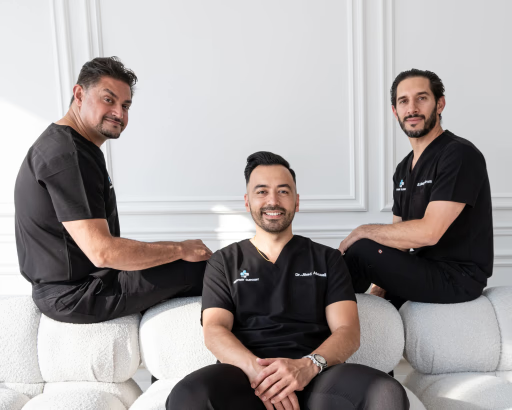.svg.png) Proudly Canadian
Proudly Canadian
Orthopedic Excellence.
Concierge-Guided Care.
Private orthopedic care with trusted Canadian surgeons.
.svg.png) Proudly Canadian
Proudly Canadian
Private orthopedic care with trusted Canadian surgeons.
We've had the pleasure of working with










Pathway Surgery partners with leading experts to deliver exceptional care through evidence-based plans that drive results.
Over 20 years of experience in practice.
Personalized, tailored and timely care.
Robotics, navigation and biologics.
Pathway Surgery partners with leading experts to deliver exceptional care through evidence-based plans that drive results.
Subspecialized surgeons, with minimum 10 years of experience in practice.
A personalized, tailored and timely delivery of care to our clients.
Utilizing innovative technologies such as robotics, navigation and biologics for more effective and patient centred care.
Select a specialty to learn more
You can book directly by completing the form below. A patient liaison will contact you within one to two business days to review your needs and coordinate next steps. Consultations are scheduled for 1-hour time slots to ensure thorough discussion of your condition and treatment options.
At Pathway Surgery, procedures are typically scheduled within 2-3 weeks of your consultation and quote approval, depending on your availability and surgical needs.
No referral is required. While referrals are welcome, you can reach out to us directly to begin your consultation process.
Yes. Pathway Surgery partners with Beautifi to offer flexible financing options for patients across Canada. You can apply online and receive personalized payment plans to suit your needs.
Absolutely. For patients traveling from outside the city or province, we assist with travel planning, accommodation suggestions, and itinerary preparation to simplify your experience.
We'll reach out within 24-48 hours
